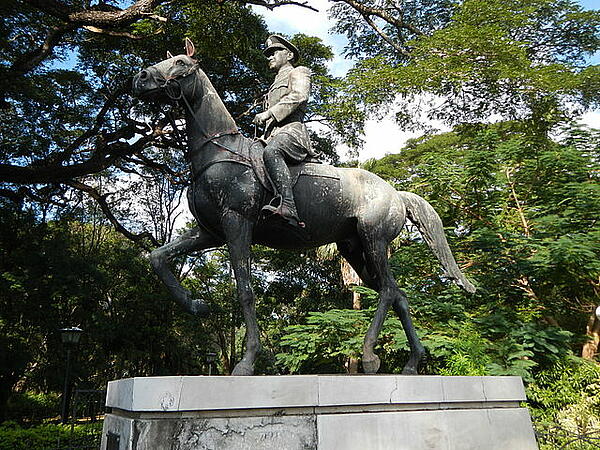The rise of Filipino nationalism
The development of the Philippines as a trading nation and source of raw materials created a great deal of wealth around the archipelago. While many locals prospered as a result of trading, those who played no direct part in the process also benefited from the growing economy due to the increase in demand for labour and the rising number of business opportunities.
As well as locals, immigrants also arrived in the Philippines to take advantage of the business boom. This included Jacobo Zobel, head of the now prominent Spanish family Zobel de Ayala, who went on to play a key role in the rise of Filipino nationalism. Having studied in some of the top European universities, Zobel and other like him had arrived with the ideals of liberty that were passed to them from revolutions going on in France and the Americas.

This ideology began to spread among the locals and by the mid-19th Century - when the Suez Canal was opened - they were verging on nationalism. This feeling was boosted with the arrival of the Peninsulares from the Iberian Peninsula. These Peninsulares quickly took over government positions, displacing many of the Criollos - Insulares or islanders - so allowing foreign migrants to take over roles previously held by the Insulares.
Increasingly Filipino, the Insulares began to reject this power structure, so when Padre Pedro Peláez, archbishop of Manila, began to fight secularisation the locals took notice. This was also the case when Padre José Burgos was executed, inspiring future national hero José Rizal to join the campaign. The friars, in retaliation to the growing nationalistic attitudes, stated that the Insulares were unfit to play a role in the running of the government. However, this only prompted further advancements in the nationalist cause.
The Insulares released the Indios agraviados, which was a manifesto that defended the Filipinos against discriminatory remarks. However, this only antagonised the colonists and migrants, who began to take their frustration out on those who were leading the nationalist movement. The tension led to two failed revolts by the nationalists - one in Novales and one in Cavite - which led to some of the most prominent figures in the nationalist movements being deported. Others were executed for their apparent crimes, which went on to inspire a whole generation including José Rizal and many others.
MLA Citation/Reference
"The rise of Filipino nationalism". HistoryLearning.com. 2026. Web.
